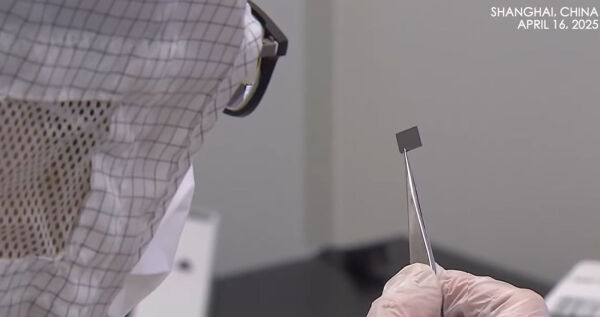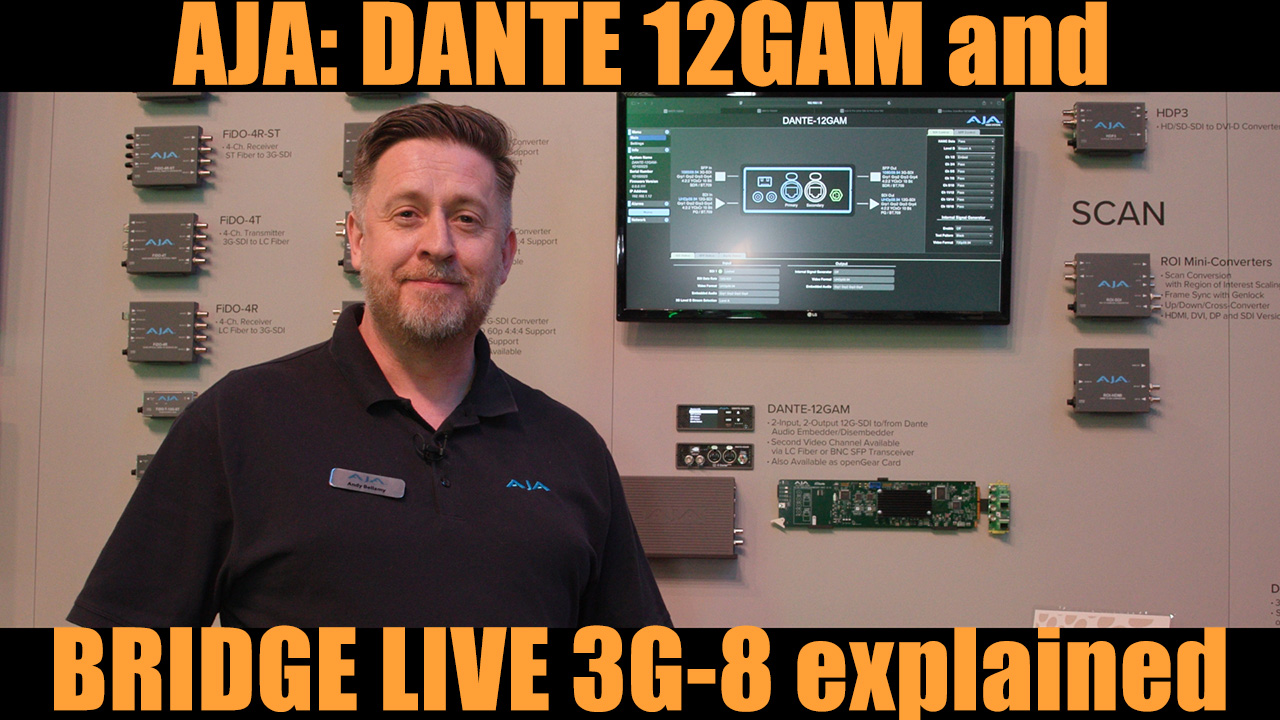[10:05 Tue,22.April 2025 by Thomas Richter] |
Researchers at Fudan University in Shanghai have set a new world speed record for flash memory. The "PoX" (Phase-change Oxide) chip, developed by them over 10 years, writes individual bits in just 400 picoseconds, which corresponds to 2.5 billion write operations per second, surpassing the previous record of 2 million by more than a thousandfold.  The new PoX memory chip This is even faster than current DDR4 memory, which is significantly slower with writes around 15 nanoseconds and, like all conventional DRAM and SRAM memory cells, loses all data without power. Classic flash memory chips, used in SSDs or USB sticks, do not forget their memory content even without power, but have much higher write times in the micro to millisecond range, i.e., they are 1,000 to 10,000 times slower than DRAM. The new PoX technology is therefore extremely interesting, as it combines the high speed typical of volatile memory with the persistence of classic flash memory. This makes it ideal, for example, for applications in the field of AI, where many data movements between different memory types are necessary. Another advantage of the new technology: PoX memory chips are said to consume much less energy than current solutions, which would minimize problems caused by overheating. The fact that the new graphene flash endures over 5.5 × 10^6 write-erase cycles without failure is also promising, which corresponds to over five million programming cycles per cell and is thus significantly more than common flash memory today. Thus, PoX could remain reliable even with intensive use (e.g., as RAM with frequent write accesses), which would wear out conventional flash. New TechnologyThe leap in speed is made possible by a radical change of material: instead of silicon, the researchers use two-dimensional Dirac graphene and shorten the Gaussian length of the memory channel, which determines how far charges are distributed in the channel (shorter Gaussian lengths enable faster memory operations). This allows the charge carriers to be injected into the memory particularly efficiently and quickly, creating a 2D super-injection effect. As a result, charge carriers flow into the memory layer almost infinitely quickly. First, the functional verification was provided by means of a prototype, then the final chip design with a capacity of several kilobytes was successfully tested. According to project leader Prof. Zhou, AI algorithms were used to optimize the process parameters, which then made the breakthrough possible. The Universal Memory of the Future?Should the further reliability tests be successful, PoX could become the universal memory of the future in the medium to long term, making the currently necessary cooperation of fast but volatile DRAM/SRAM and slow but persistent flash superfluous. The new memory would, for example, also enable smartphones or laptops to last longer on a single battery charge or make devices instantly ready for use ("instant-on"), as no data would have to be reloaded from a slow mass storage device when switching on.  The research team As always with breakthroughs in research, the implementation into a usable technology including mass production still takes some time: the research team wants to develop memory chips with a capacity in the megabyte range in the next 3-5 years. In order to be competitive with today&s memory technologies, PoX would then have to be scaled up further into the gigabyte range, which would probably take even longer. In addition, the actual use in the future naturally depends on how expensive the production of the new memory will be. deutsche Version dieser Seite: Neuer superschneller PoX Flash-Speicher könnte DRAM und SSDs ersetzen |





